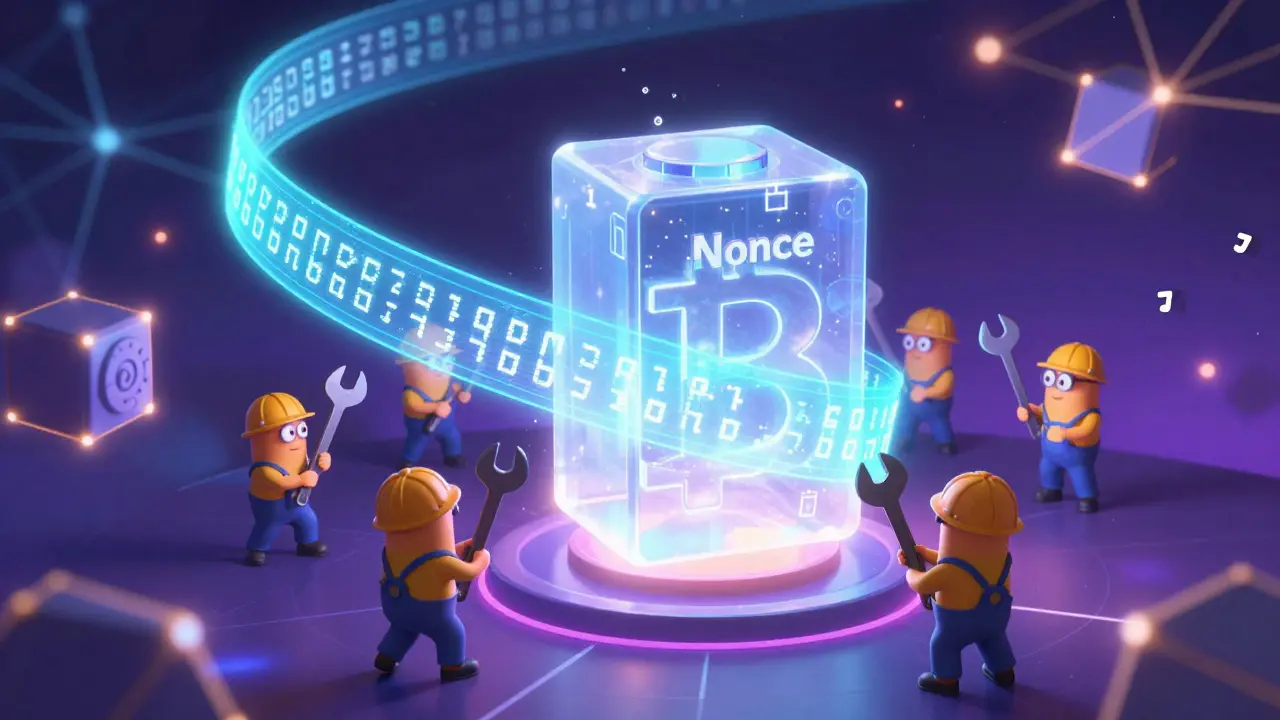Proof of Work Explained – A Practical Overview
When talking about Proof of Work, a consensus algorithm that requires participants to solve computational puzzles to add new blocks. Also known as PoW, it secures networks by making attacks costly and unpredictable. Proof of Work is the backbone of many flagship blockchains and a hot topic for anyone interested in crypto mining.
One of the most recognizable Bitcoin, the first cryptocurrency that introduced PoW to the world relies entirely on this model. The relationship is simple: Bitcoin requires miners to hash block headers until they hit a target, thereby validating transactions and earning block rewards. This creates a direct link between computational effort and network security, a core idea behind every PoW system.
Another interesting player is eCash (XEC), a coin that blends classic PoW with an Avalanche‑style consensus for faster finality. The hybrid approach combines the proven security of PoW with the speed of Avalanche, showing that PoW can evolve without losing its core strengths. In this sense, the hybrid PoW‑Avalanche model encompasses both work‑based mining and quick quorum decisions, offering a fresh take on scalability.
Why Proof of Work Still Matters in 2025
Even as Proof of Stake steals headlines, PoW continues to dominate sectors that value decentralization and resistance to censorship. Crypto mining firms still invest heavily in ASIC hardware because the economic incentives are clear: the more hash power you bring, the higher your chance of earning the block reward. This creates a self‑reinforcing loop where security, hash rate, and miner profitability interact to keep the network robust.
From a regulatory perspective, many governments distinguish PoW chains from other consensus models when drafting policies. For example, the recent Jordan Virtual Assets Law treats PoW‑based assets differently from tokenized securities, highlighting that the type of consensus can affect legal treatment. Understanding these nuances helps traders and developers navigate compliance without stumbling over hidden pitfalls.
Energy consumption is often cited as a drawback, but the industry is responding with greener mining solutions. Renewable‑powered farms, location‑based efficiency, and algorithmic tweaks (like adjusting difficulty) show that PoW can adapt to environmental concerns while preserving its security guarantees. This adaptability demonstrates that PoW is not a static relic but a living protocol that evolves with technology and policy.
When you explore the articles below, you’ll see real‑world examples of PoW in action: from how Jordanians sidestepped banking bans using peer‑to‑peer platforms, to deep dives on how whale movements on exchanges affect PoW coin prices, and even a guide on the eCash hybrid consensus. Each piece adds a layer to the big picture, whether you’re a miner, trader, or casual observer.
Ready to see how Proof of Work shapes the crypto landscape today? Browse the collection below for detailed guides, market insights, and practical tips that build on the fundamentals we just covered.




